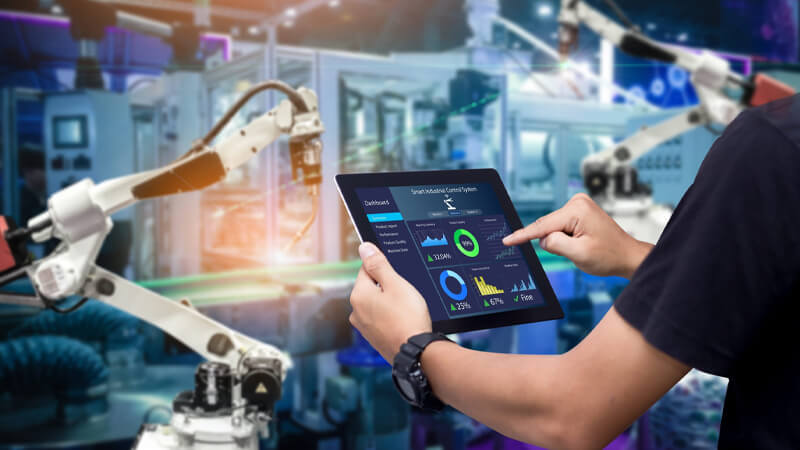Supply chain management was initially a minor concern, but it has risen to prominence in recent years. A well-managed supply chain is gradually becoming a vital aspect, if not the most critical factor, in a company’s success. Advances in commerce, on the other hand, have caused modern customers’ baseline expectations to rise.
The development of next- and same-day delivery has established a new norm of demand, putting firms under tremendous strain. As an effect of the surge in demand, the entire supply chain is fast transitioning from a functional to a global and interconnected network of data and operations.
Businesses are altering their supply networks in a variety of new and developing ways to satisfy modern client demands. The digital supply network, which blends data and information from various sources to drive the distribution of manufactured goods along the value chain, incorporates cutting-edge technology such as artificial intelligence (AI), blockchain, and automation.
One factor that has hindered future supply chains in terms of logistics is their global nature. Most large corporations have supply networks that span numerous nations, if not continents. With so many enterprises spread throughout the globe, any disruption in the supply chain may be disastrous to operations, losing time, money, and even lives and jeopardizing crucial customer service responsibilities. From labor disputes to natural calamities, they might happen at any time.
It may be too late to minimize damage once management learns the source of the problem, primarily if they operate across the globe and in different time zones from where the disruption is occurring. Location intelligence provides a comprehensive perspective of all aspects of the supply chain and, more crucially, allows workers to know what is going on and where it is happening in near real-time.
Supply chains evolve from a strictly functional, physical system to a worldwide and linked network of assets, data, and processes as technology advances. This digital supply network will build up various new technologies, all of which will be linked together by location intelligence. The power of geographic context will be provided to AI, driverless vehicles, blockchain, and other disruptive advancements with spatial analytics, allowing the digital supply network to act as a digital model of the complete supply chain.
Businesses will have total situational awareness and predictive management of all elements of their enterprises in the future because of this dynamic, always moving, real-time depiction.

